How to replace the heating element in a Bosch dishwasher
 A dishwasher with a broken heating element does not do its job well. The cycle results remain unsatisfactory because the machine washes dishes in cold water. The problem is solved by replacing or repairing the heating element.
A dishwasher with a broken heating element does not do its job well. The cycle results remain unsatisfactory because the machine washes dishes in cold water. The problem is solved by replacing or repairing the heating element.
Is it difficult to replace the heating element in a Bosch dishwasher? Where is the heating element located? What tools will be needed in the process? Let's look into the nuances.
First, let's disassemble the dishwasher
To replace the heating element, you need to remove the circulation pump from the dishwasher. The heating element is combined with it in one housing. During the work you will need a set of TORX screwdrivers, a wrench, and pliers.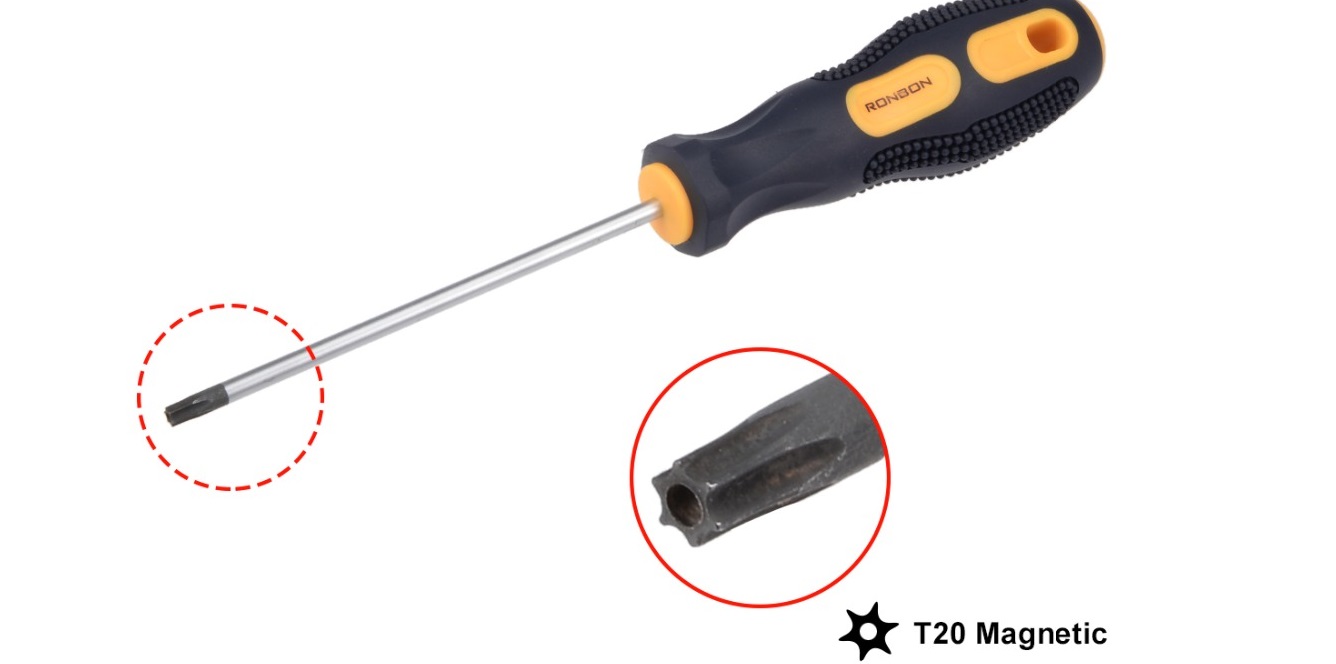
The circulation pump is quite well “hidden” in the PMM housing. To get to it, you will have to almost completely disassemble the machine. Before starting work, be sure to turn off the power to the equipment and disconnect the dishwasher from the water supply and sewerage system.
Next, you need to remove the dishwasher from the kitchen unit (this does not apply to free-standing appliances). Open the dishwasher door and remove the lower and upper racks from the hopper. Next, remove the bolts that secure the PMM to the cabinet walls.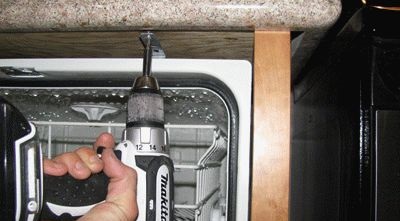
Then close the dishwasher and use a wrench to unscrew the legs. After this, the body of the machine will lower to the floor, and it can be easily pulled out of the kitchen unit. Next you need:
- Unscrew the garbage filter located at the bottom of the working chamber;
- pull out the filter element;
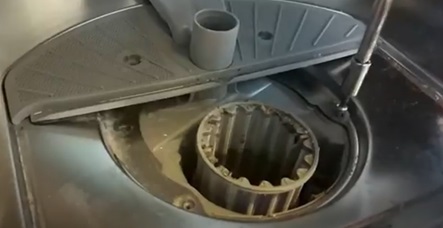
- remove remaining water from the inlet hole with a sponge;
- remove the decorative trim of the PMM door opening mechanism;
- Unscrew the bolts securing the side trim panel of the case and move it to the side;

- pull the tensioner ropes of the dishwasher door and remove them from the mechanism;

- remove the false panel and tensioners on the other side of the dishwasher;
- place the dishwasher upside down;
- Unscrew the two self-tapping screws holding the lower false panel of the PMM, located at the front of the case, and remove the cover;
- pry the clamp on the filler pipe and disconnect the hose;
- disconnect the power cord from the PMM body;
- unhook the drain and inlet hose mounting panel from the PMM body;
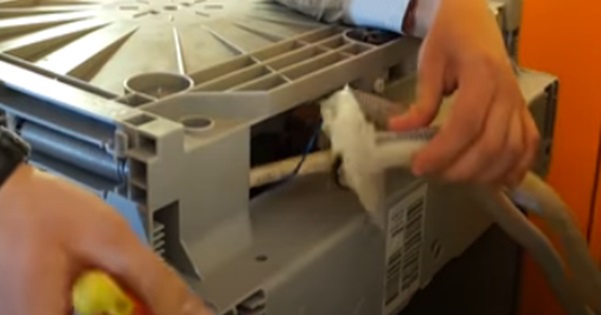
- disable the Aquastop system sensor;
- Having dealt with the latches, lift the lower part of the dishwasher body;
- Unfasten the end cap of the Aquastop float on the PMM tray;

- completely remove the lower part of the dishwasher body;
- disconnect all contacts and pipes from the circulation pump;
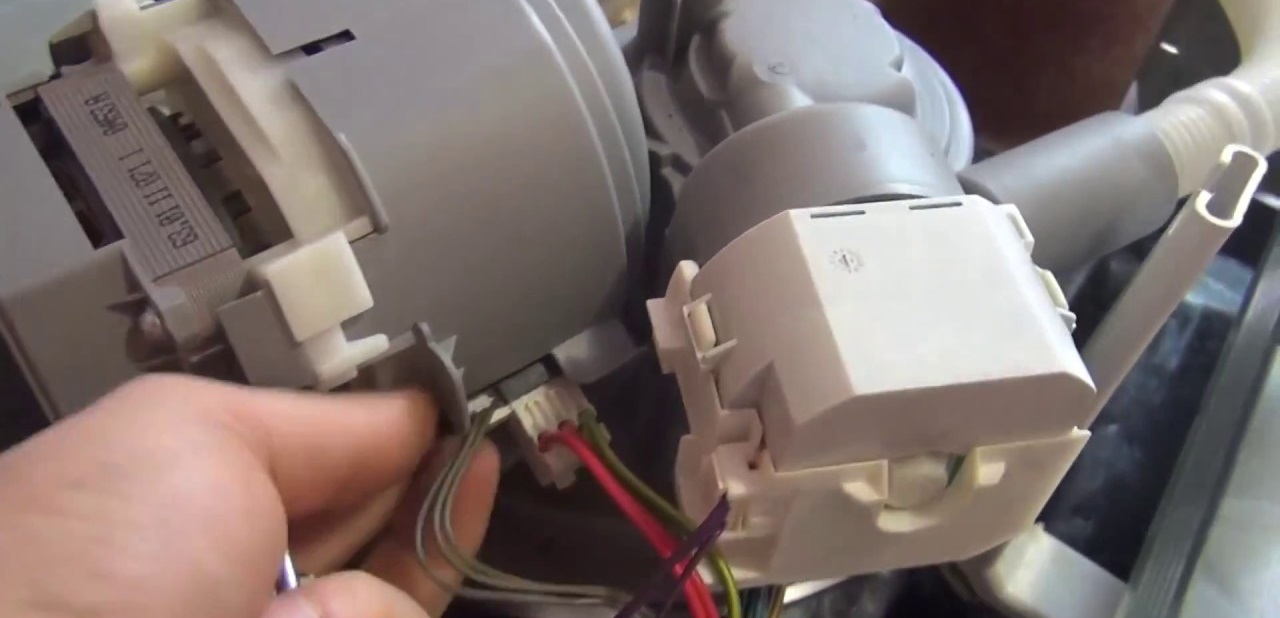
- pull out the recirculation pump.
During disassembly, it is recommended to take photographs that will help you assemble the machine correctly in the future.
Thus, to get to the recirculation pump of the Bosch dishwasher, you will have to try. The pump is well hidden. Therefore, if you are not sure that you can cope with such a task, it is better to contact a specialist.
We disassemble the pump and change the heating element
The next task is to replace the heating element. Heating elements in modern PMMs Bosch enclosed in the same housing with a recirculation pump. Therefore, next you will have to disassemble the pump.
The halves of the Bosch dishwasher pump are connected to each other by latches, so dividing it into two parts is not difficult. One of them will have a heating element. Next, you will have to completely disassemble the structure in which the heater is hidden.
Half of the circulation pump, in which the heating element is hidden, consists of a plastic and metal casing, an O-ring and the heater itself. The disassembled design is shown in the figure.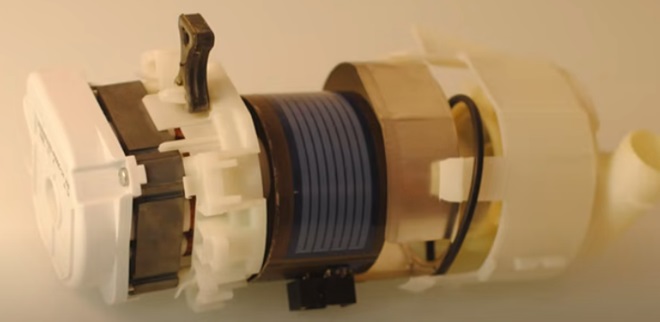
To remove the heating element:
- Using a metal drill, 3.5 mm in diameter, remove the rivets on the metal casing;
- disassemble the structure by removing the heating element from the protective shell.
The heating element must be released from the plastic and metal protective casing.
The heating element is a ring element with several contact tracks. As a replacement, you need to buy a similar part that is suitable specifically for your Bosch dishwasher. Having purchased a new heater, you need to put it back and assemble the pump.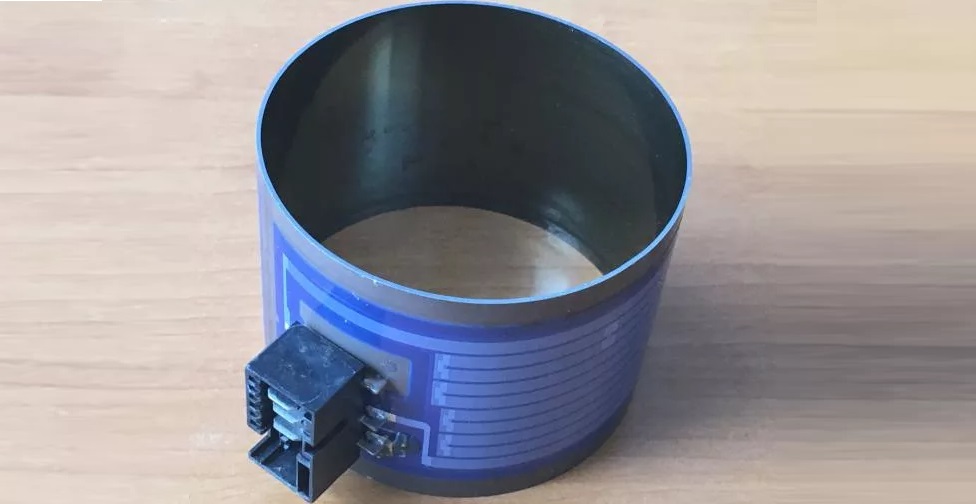
Since the rivets from the metal casing were drilled out, you will have to use screws and nuts to connect these two elements. Prepare suitable fastenings, then:
- insert the metal casing into the plastic case;
- Drill holes through in three places to screw in screws.
Further assembly algorithm:
- lubricate the rubber o-ring with vegetable oil;
- put the seal on the base of the heater (if you first put the gasket on the bottom of the body and then insert the heating element, the element will not fit completely);
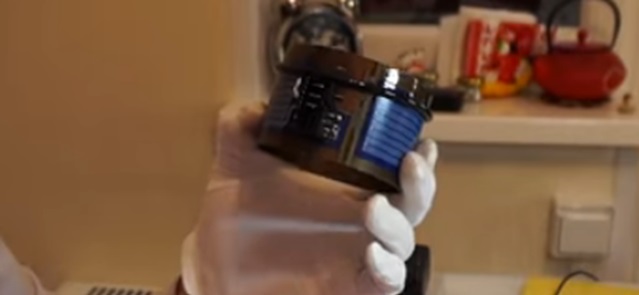
- insert the heating element with the sealing ring in place into the plastic pump housing;
- using a thin but not sharp object, push the seal deep into the body without damaging the gasket itself and the heating element (the rubber band must be evenly distributed along the base of the part);
- screw the screws into the pre-drilled holes to connect the casings, secure them with nuts;
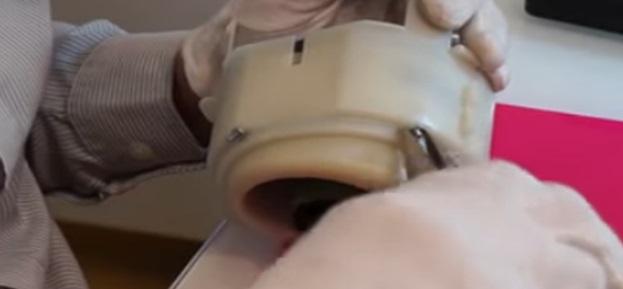
- connect the two halves of the PMM circulation pump together.
Before connecting the pump halves, it is recommended to place the seal from the second part on top of the heater. In this case, it will be easier to assemble the pump - the latches will work almost immediately. Next, carefully inspect the structure - the terminal blocks of both parts should be located in the same plane.
After this, you can assemble the dishwasher. Everything is done in reverse order. The pump is put in place, pipes and electrical connectors are connected to it. Next, a panel of water and sewer hoses and decorative body trims are attached.
During assembly, be guided by previously taken photos to avoid mistakes. When you're done, run the test cycle. If the machine begins to heat water, the repair can be considered completed. You can then use the dishwasher as before.
Interesting:
Reader comments
- Share your opinion - leave a comment
Categories
Washing machine repair


For buyers

For users

Dishwasher

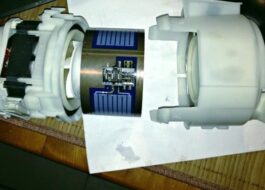




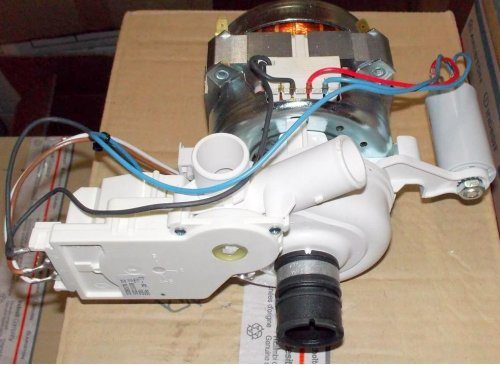










Add a comment